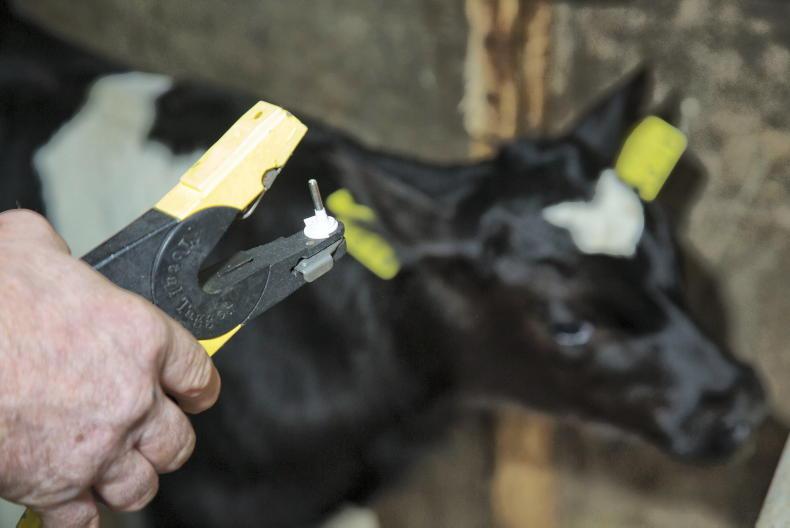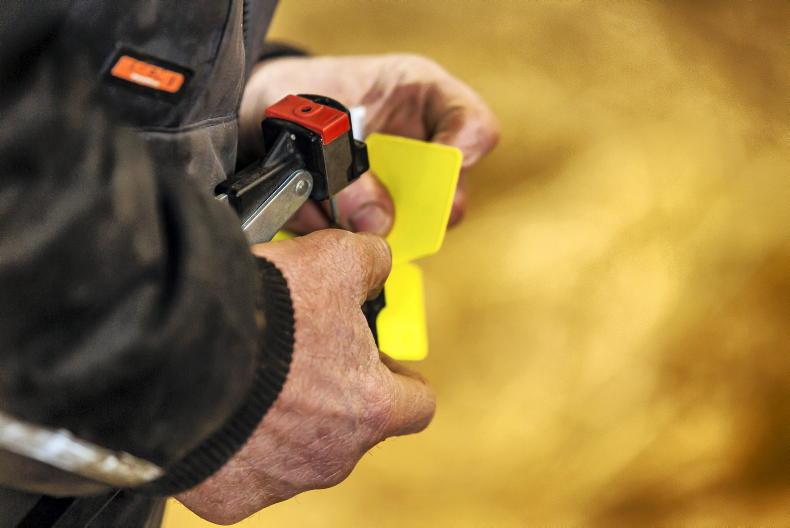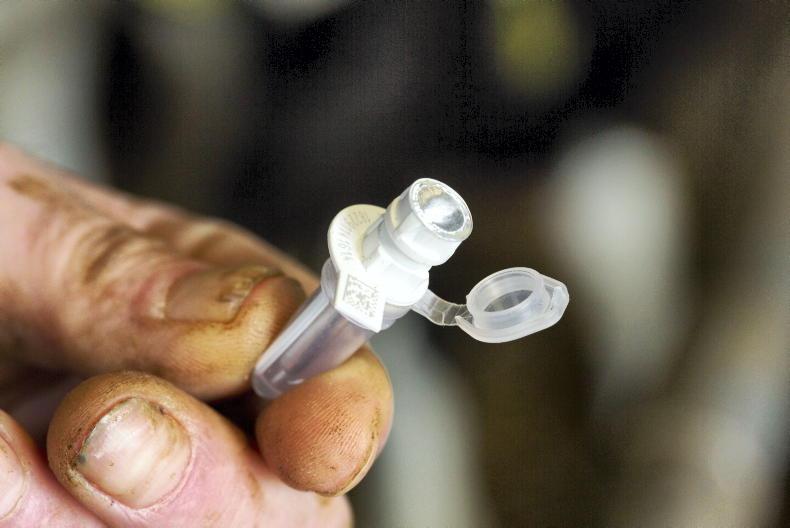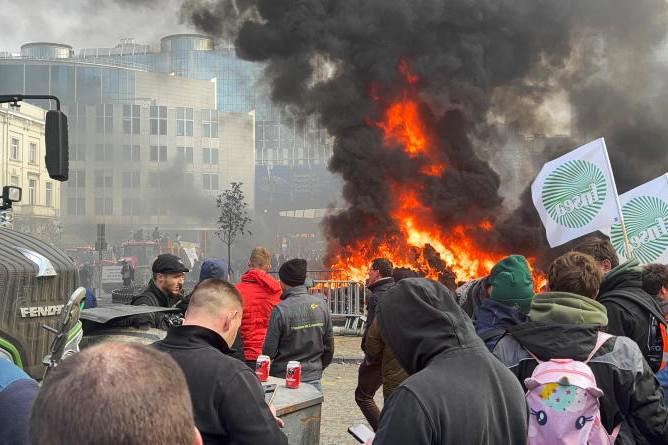There seems to be a lot of unrest around the BVD programme at present, specifically the rising cost of compliance for farmers. The unavoidable expense of tags and posting tissue samples are causing cattle farmers to grumble.
It’s particularly understandable that low-income suckler farmers are annoyed at rising costs.
Are the costs worth it? It’s worth looking back a decade to the beginning of the BVD control programme.
At the time, there were thousands of farms with “piners” suffering from BVD. Much worse than that, a number of farms, maybe dozens, perhaps hundreds, were suffering significant numbers of BVD cases, a debilitating financial loss. The stakeholders who came together to eradicate the disease estimated that it was costing farmers over €100m annually.
Has the programme worked? The cynic might say it has failed, as it promised to eradicate the disease completely, with AHI originally citing a timeframe of as little as three years. We still have BVD, so case closed. That narrative is a bit harsh.
Figures
The figures tell a different story. The first year of testing saw 16,191 cases. That reduced to 701 last year.
The year-to-date figures for 2024 – some 145 cases after 13 weeks compared to 201 this time last year – indicate we are headed for a record annual low, perhaps as low as 500 cases.
In that context, the economic savings for farmers more than justify the expense. Farmers who have faithfully observed best practice since the start are convinced that they are paying for the failure to get tough with non-compliance earlier. There certainly is an argument that compulsory removal from the start would have accelerated the programme, but such a proposal might have led to a farmer backlash that would have killed the programme in the cradle.
One advantage we now have is that DNA information means the correct dam is always identified where a positive case occurs, so that area of potential human error is now removed.
Farmers might have a case when decrying the failure of Government to stump up the €8m the farm organisations are looking for to cover increased costs. My understanding is that less than half that has been committed. Again, however, perhaps we need to look at the reasons why this is happening.
Reality
The reality is that we’re likely to need funding to help minimise and hopefully eradicate BVD for some time yet. Most of the costs incurred by the State go into the compensation for positive case removals, and related veterinary and knackery costs.
In a way, the easy thing for Minister McConalogue to do would be to raid the kitty, pay the €8m for this pre-election year, and then let the next minister in the next Government worry about where the next €8m is coming from.
We demand responsible politics, but often don’t like it when we get them.










SHARING OPTIONS